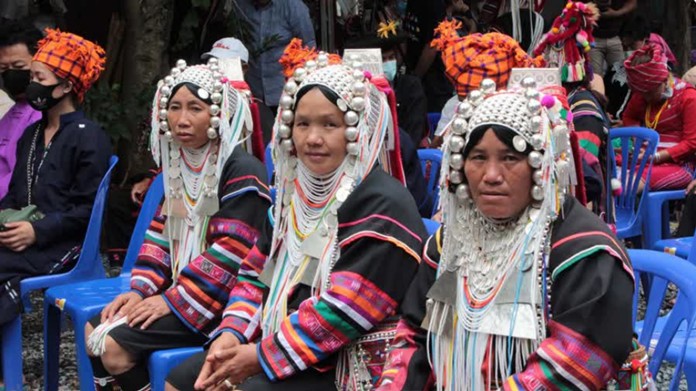Have you ever wondered what it would be like to immerse yourself in the rich cultural traditions of Thailand’s indigenous communities? From their vibrant festivals to their unique art forms and traditional practices, these communities have a world of fascinating stories to tell. In this article, we will take you on a virtual journey through Thailand’s indigenous communities, giving you insight into their way of life, their customs, and the challenges they face in the modern world.
First and foremost, Thailand’s indigenous communities are known for their diverse and vibrant cultural festivals. These celebrations are a delightful blend of music, dance, and traditional rituals that have been passed down through generations. Whether it’s the Akha New Year Festival with its colorful costumes and traditional dances, or the Karen Festival of Floating Lights where thousands of candles are released into the river, these events provide a unique opportunity to witness the richness of these communities’ cultural heritage.
But it’s not just festivals that make Thailand’s indigenous communities so fascinating. Their art forms, such as intricate handwoven textiles and exquisite silver jewelry, are renowned for their beauty and craftsmanship. Each piece tells a story and reflects the community’s distinct identity. By exploring their art, you can truly appreciate the skill and dedication that goes into preserving these ancient traditions.
While Thailand’s indigenous communities have managed to preserve their cultural heritage, they also face challenges in the modern world. Rapid urbanization and encroachment on their ancestral lands have threatened their way of life and cultural traditions. By learning about their struggles and the efforts being made to protect their rights and preserve their culture, we can gain a deeper understanding and appreciation for the invaluable contributions these communities make to Thai society.
In conclusion, a cultural journey through Thailand’s indigenous communities is a truly enlightening experience. It allows us to immerse ourselves in their rich traditions, vibrant festivals, and unique art forms. It also reminds us of the challenges they face in preserving their cultural heritage in the face of modernization. So, join us in the upcoming articles as we dive into the captivating world of Thailand’s indigenous communities.
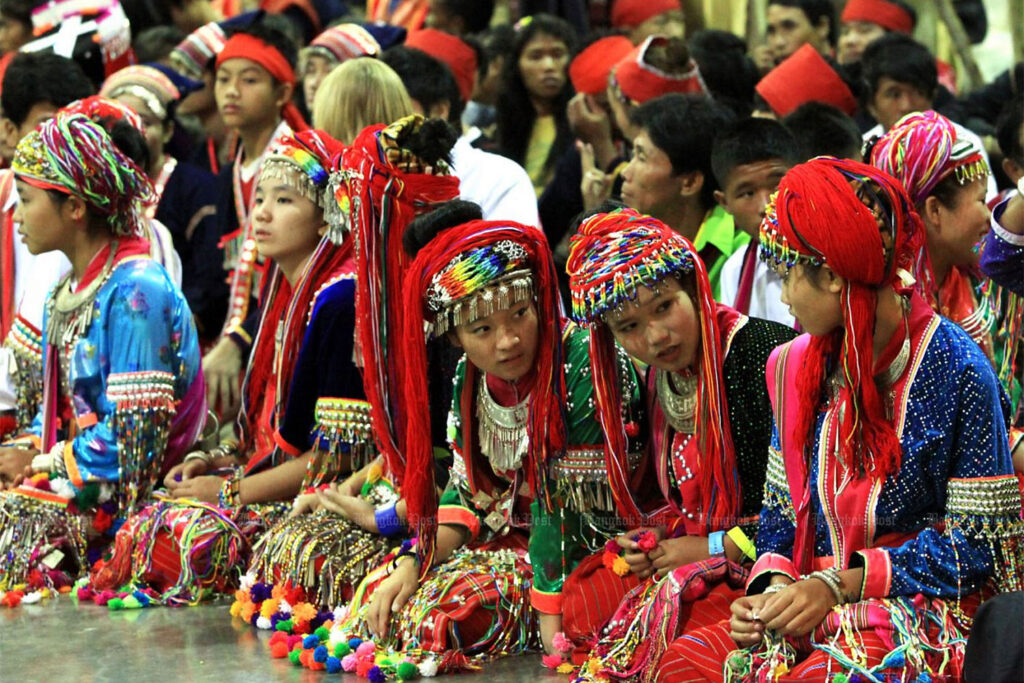
Introduction
Welcome to a cultural journey through Thailand’s indigenous communities. In this article, we will explore the origins and diversity of these communities, discuss the importance of their cultures, and delve into the unique traditions, cuisine, arts, and crafts that define their way of life. We will also examine the challenges they face, the efforts being made to preserve their knowledge and wisdom, and the role of sustainable tourism in supporting their communities. So, get ready to embark on a fascinating exploration of Thailand’s rich indigenous heritage.
Origins and Diversity of Indigenous Communities
Thailand is home to a diverse array of indigenous communities, each with its own distinct language, culture, and traditions. These communities have ancestral ties to the land, with some tracing their origins back thousands of years. The indigenous peoples of Thailand include the Akha, Karen, Lisu, Lahu, Hmong, and many more. Each community has unique customs, beliefs, and social structures that have been passed down through generations, making them an invaluable part of Thailand’s cultural tapestry.
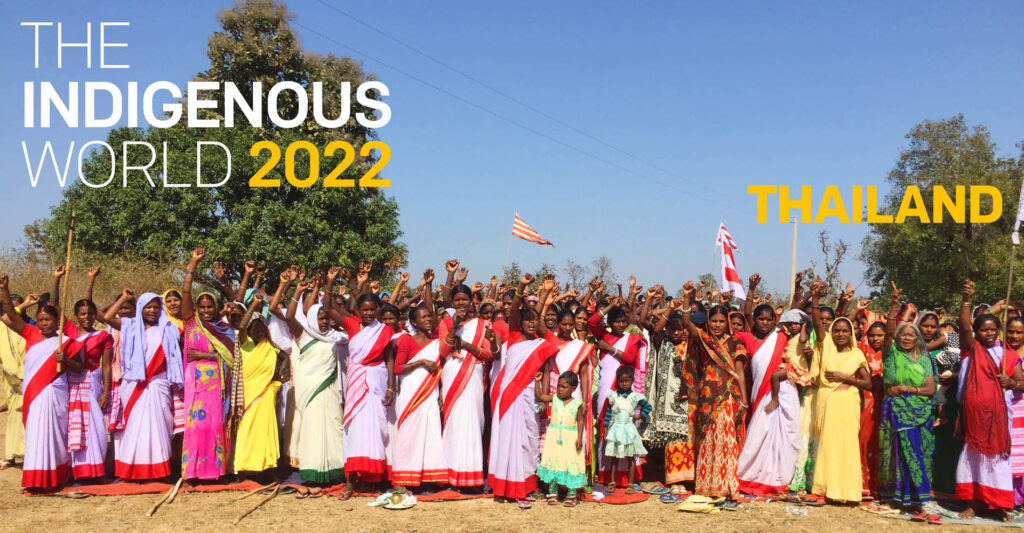
Importance of Indigenous Cultures in Thailand
The indigenous communities of Thailand play a crucial role in preserving the country’s cultural heritage. Their unique traditions and customs offer insights into ancient ways of life and provide a valuable connection to the past. The knowledge passed down through generations includes traditional farming techniques, medicinal plant use, and sustainable resource management. These communities also contribute to the overall diversity and richness of Thai culture, making them an integral part of the nation’s identity.
Challenges Faced by Indigenous Communities
Despite their cultural significance, indigenous communities in Thailand face numerous challenges. Rapid modernization, encroachment on their lands, and limited access to basic services pose significant threats to their way of life. Discrimination and the loss of their ancestral territories are constant battles they must fight to preserve their culture and heritage. Additionally, the pressure to assimilate into mainstream society and the erosion of their languages further endanger their traditions. Efforts must be made to address these challenges and ensure the survival of Thailand’s indigenous communities.
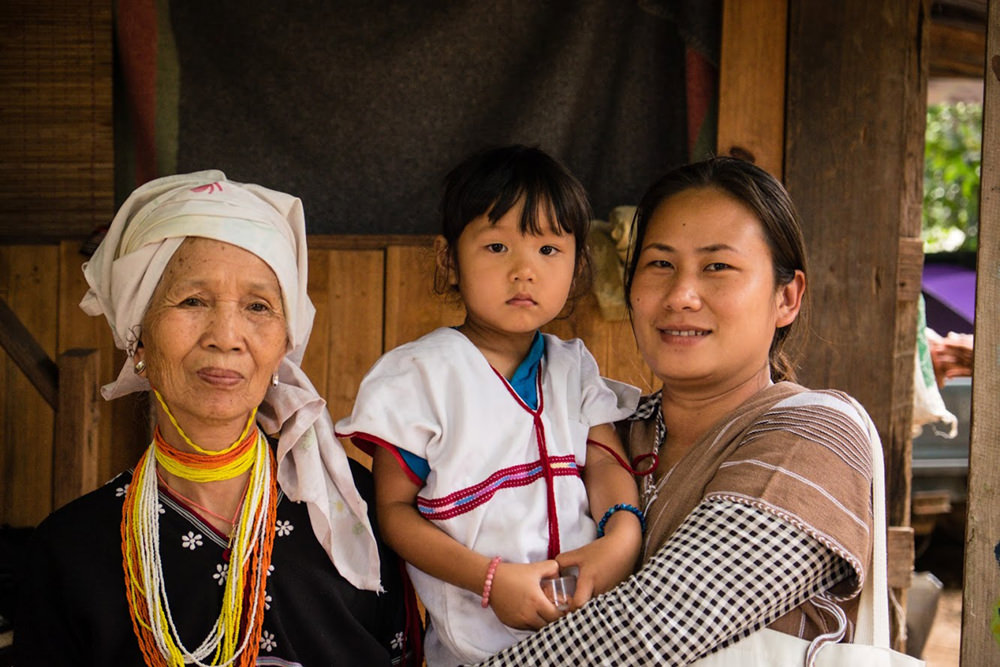
Traditions and Customs of Indigenous Communities
Unique Traditions Passed Down through Generations
Indigenous communities in Thailand have a wealth of unique traditions that have been passed down through generations. These traditions encompass various aspects of life, including birth, marriage, and death. Rituals and ceremonies are woven into the fabric of their everyday existence, connecting them to their ancestors and the spiritual realm. These traditions hold deep symbolic meaning and serve to maintain a strong sense of community and identity.
Cultural Practices and Rituals
Cultural practices and rituals form an essential part of indigenous community life in Thailand. From annual festivals celebrating agricultural harvests to ceremonies honoring spirits and ancestors, these rituals play a vital role in ensuring the well-being and prosperity of the community. Traditional dance, music, and storytelling also serve as important cultural expressions, conveying historical and spiritual narratives to younger generations.
Traditional Clothing and Accessories
The traditional clothing worn by indigenous communities in Thailand reflects their rich cultural heritage. Each community has its distinctive style, featuring vibrant colors, intricate embroidery, and handmade accessories. Traditional clothing serves as a symbol of identity and pride, preserving their cultural roots in the face of modernization. The intricate craftsmanship and attention to detail are a testament to the skills and artistry of these communities.
Cuisine and Traditional Food of Indigenous Communities
Local Ingredients and Cooking Techniques
The indigenous communities of Thailand have developed unique cuisines based on locally available ingredients and traditional cooking techniques. These cuisines are characterized by their use of fresh herbs and spices, aromatic flavors, and a harmonious balance of textures. From fragrant curries to spicy stir-fries, traditional indigenous food offers a sensory journey that is both satisfying and nutritious.
Signature Dishes and Regional Specialties
Each indigenous community in Thailand has its signature dishes and regional specialties. For example, the Akha people are known for their fermented tea leaf salad, while the Karen community is celebrated for their bamboo shoot-based dishes. These culinary traditions not only serve as a source of cultural pride but also contribute to the diverse tapestry of Thai cuisine.
Influence of Indigenous Food on Thai Cuisine
Indigenous cuisine has had a significant influence on Thai cuisine as a whole. The use of traditional ingredients, cooking methods, and flavor profiles can be found in many popular Thai dishes. Indigenous communities have contributed to the development of dishes such as papaya salad, bamboo shoot curry, and various types of herbal soups. Their culinary heritage continues to shape the gastronomic landscape of Thailand.
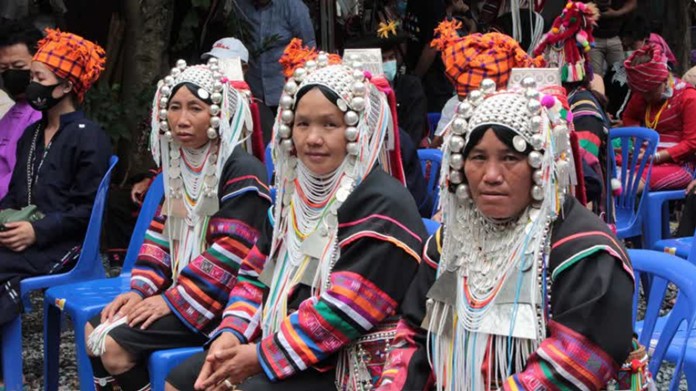
Arts and Crafts of Indigenous Communities
Traditional Handicrafts and Artistic Skills
The indigenous communities of Thailand are renowned for their crafts and artistic skills. From intricate weaving to pottery and woodcarving, these communities have mastered various handicraft techniques. Each community has its distinctive style, with motifs and designs that reflect their cultural identity. These crafts not only serve as artistic expressions but also provide livelihoods for many community members.
Weaving, Pottery, and Woodcarving
Weaving is an essential traditional craft in many indigenous communities in Thailand. They produce intricate textiles and fabrics using traditional looms and natural dyes. Pottery is another renowned craft, with each community having its unique techniques and styles. Woodcarving is also prominent, with wooden sculptures and intricate designs adorning temples, homes, and public spaces.
Intricate Designs and Symbolism
The artistry of indigenous communities is often reflected in the intricate designs and symbolism found in their crafts. From geometric patterns to representations of animals and mythical creatures, each design carries deep cultural and spiritual meaning. These artistic expressions provide a visual language that connects the present generation to their ancestors and the natural world around them.
Preserving Indigenous Knowledge and Wisdom
Efforts to Safeguard Indigenous Languages
Preserving indigenous languages is crucial for the survival and identity of these communities. Organizations and educational institutions in Thailand are working diligently to document and revitalize indigenous languages through language programs and cultural initiatives. Efforts are also being made to incorporate indigenous languages into mainstream education, allowing younger generations to connect with their roots and preserve their linguistic heritage.
Conservation of Medicinal Plants and Traditional Healing
Indigenous communities have a vast knowledge of medicinal plants and traditional healing practices. This knowledge has been traditionally passed down through oral traditions and empirical experience. Efforts are now being made to conserve and sustainably manage these medicinal plants, ensuring their availability for future generations. Traditional healing practices are also being recognized and integrated into mainstream healthcare systems, promoting a holistic approach to wellness.
Passing Down Cultural Knowledge to Future Generations
The transmission of cultural knowledge from elders to younger generations is essential for the survival of indigenous communities. Recognizing the importance of intergenerational learning, initiatives are being developed to ensure the continuity of cultural traditions. Elders play a vital role in teaching traditional crafts, music, and dance to younger community members, fostering pride, and a deep understanding of their cultural heritage.
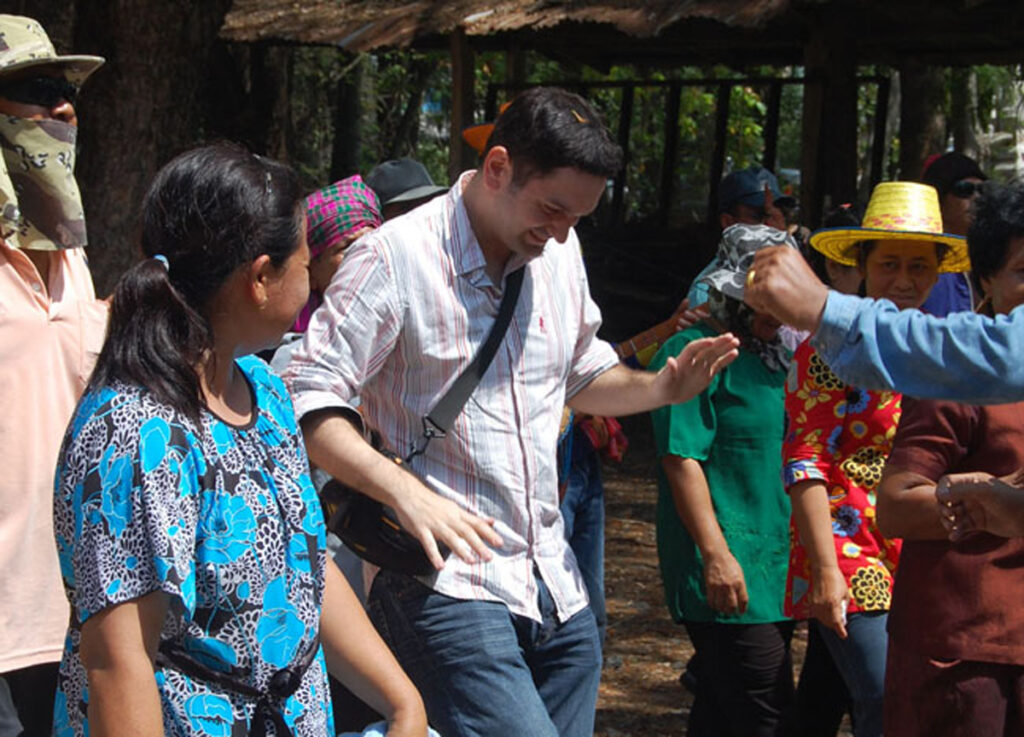
Sustainable Tourism and Cultural Experiences
Responsible Tourism in Indigenous Communities
Sustainable tourism is playing an increasingly important role in supporting indigenous communities in Thailand. Community-based tourism initiatives collaborate with these communities to showcase their traditions, crafts, and cuisines to visitors in a responsible and culturally sensitive manner. By providing economic opportunities for the communities, responsible tourism helps preserve their way of life while raising awareness about their cultures and traditions.
Homestays and Community-Based Tourism
Homestays offer a unique opportunity for visitors to immerse themselves in the daily lives of indigenous communities. These experiences allow travelers to participate in traditional activities such as farming, handicraft production, and cooking. Homestays also foster cultural exchange, providing an opportunity for visitors to gain a deeper understanding of the communities’ customs, challenges, and aspirations.
Engaging in Traditional Activities and Festivals
Visitors to indigenous communities in Thailand have the chance to engage in various traditional activities and festivals. From participating in traditional dances and music performances to learning traditional crafts and rituals, these experiences offer a firsthand glimpse into indigenous culture. Festivals, such as the Akha Swing Festival and the Karen New Year Festival, provide an opportunity to witness vibrant cultural celebrations and create lasting memories.
Education and Empowerment of Indigenous Youth
Challenges in Indigenous Education
Indigenous education faces unique challenges in Thailand. Limited access to quality education, language barriers, and cultural biases can hinder the educational prospects of indigenous youth. Many indigenous communities live in remote areas where schools are scarce and lack resources. Overcoming these challenges requires inclusive and culturally appropriate educational policies that celebrate and integrate indigenous knowledge and languages.
Initiatives for Supporting Indigenous Youth
Various initiatives and organizations strive to support indigenous youth by addressing the educational disparities they face. Scholarships and mentoring programs provide financial support and guidance, enabling them to pursue higher education and vocational training. Indigenous youth networks also create spaces for cultural exchange, leadership development, and advocacy, empowering them to become driving forces in their communities’ future.
Promoting Indigenous Identity and Pride
Promoting indigenous identity and pride among youth is crucial for the preservation and empowerment of indigenous communities. Cultural events, workshops, and cultural heritage programs create opportunities for youth to connect with their roots, celebrate their cultural identity, and showcase their talents. These initiatives foster a sense of belonging and raise awareness about the importance of protecting indigenous cultures.
Land Rights and Indigenous Advocacy
Historical Struggles for Land Rights
Indigenous communities in Thailand have a history of struggle for their land rights. Historically, they have faced forced displacement, loss of sacred sites, and encroachment on their territories. Activism and advocacy by indigenous organizations have played a vital role in challenging these injustices and securing legal recognition of their land rights. The fight for land rights continues today, as indigenous communities strive to protect and regain control over their ancestral lands.
Legal Framework for Indigenous Rights
In recent years, Thailand has made significant progress in recognizing and protecting the rights of indigenous peoples. The 2007 United Nations Declaration on the Rights of Indigenous Peoples serves as a framework for developing national policies that safeguard indigenous rights. The Thai government has also enacted laws that acknowledge the rights of indigenous communities to their ancestral territories and their role in sustainable resource management.
Role of Indigenous Organizations in Advocacy
Indigenous organizations play a crucial role in advocating for the rights and well-being of indigenous communities in Thailand. These organizations promote indigenous leadership, facilitate dialogue with government agencies, and raise awareness about the challenges faced by their communities. They also provide essential support in areas such as education, health, and sustainable livelihoods, empowering communities to assert their rights and protect their cultural heritage.
Interaction with Modern Society and Globalization
Impact of Modernization and Globalization on Indigenous Communities
Modernization and globalization have brought both opportunities and challenges for indigenous communities in Thailand. While access to education, healthcare, and modern amenities has improved, these communities also face the risk of cultural assimilation and loss of traditional knowledge. Increased connectivity and exposure to external influences can also impact traditional livelihoods and cultural practices.
Balancing Tradition with Modern Lifestyle
Indigenous communities face the task of balancing their traditional way of life with the demands and opportunities presented by modern society. Many communities are embracing the benefits of modern technologies and education while striving to preserve their cultural heritage. This delicate balance enables indigenous communities to adapt and evolve while maintaining the core values and traditions that define their identity.
Preserving Cultural Identity in a Changing World
Preserving cultural identity in a rapidly changing world is a shared goal of indigenous communities in Thailand. Efforts to revive and promote traditional arts, crafts, and languages help ensure that the younger generation remains connected to their cultural roots. Community-led initiatives that promote sustainable economic development rooted in indigenous knowledge and practices also contribute to the preservation of cultural identity.
Conclusion
Thailand’s indigenous communities offer a cultural journey like no other. Their rich traditions, cuisines, arts, and crafts are a testament to the depth and diversity of Thailand’s cultural heritage. By celebrating and valuing the indigenous cultures of Thailand, we can create a world that cherishes and safeguards the unique knowledge, wisdom, and traditions they possess. Let us continue to embark on this cultural journey, embracing the beauty and significance of Thailand’s indigenous communities.
